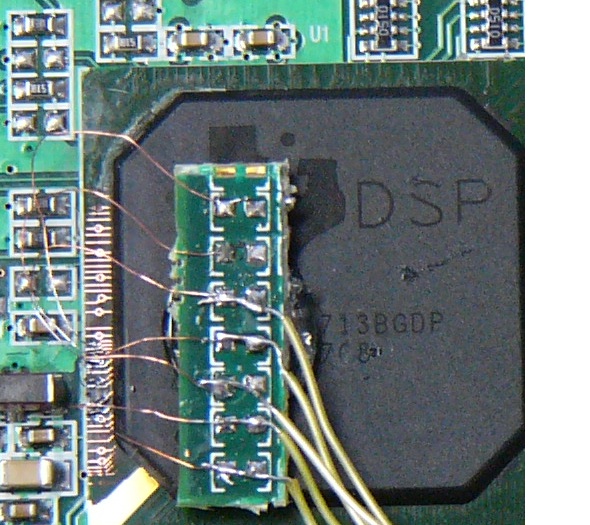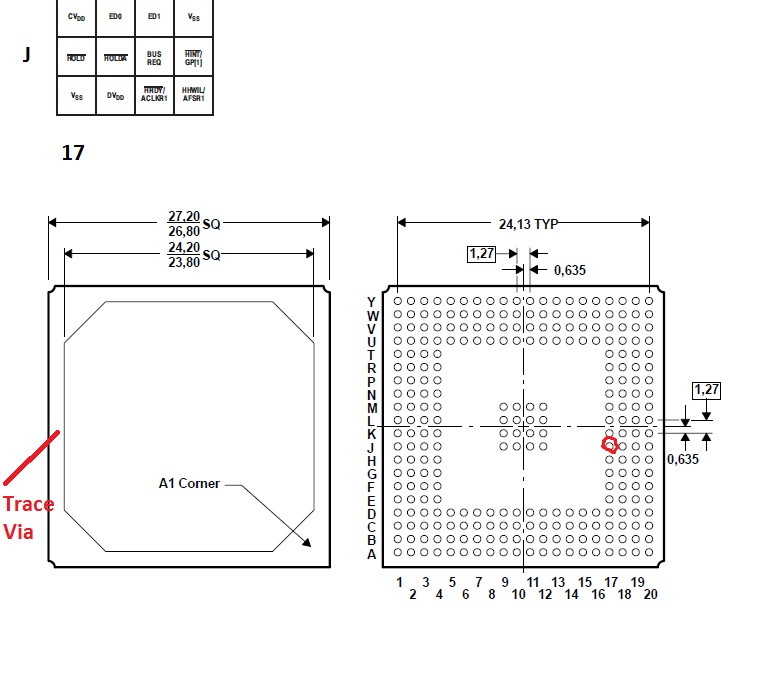Hi all,
In our design we are using the TMS320C6713B DSP and MT48LC32M16 SDRAM. During boot we can face the following problem: The DSP will hang up itself every now and then. It is very unpredictible but it is quite easy to reproduce, all we have to do is to reboot our board many times untill it crashes. When this happens, the DSP will hang itself up and will not generate an EMIF-clk anymore. This way, our entire system crashes, since we depend on this clk.
We tried several things and we found that when we tie the CKE-pin of the SDRAM to gnd, the DSP will boot up, and will generate the EMIF-clk. Of course, this doesn't solve our problem, since the SDRAM will not function anymore, but the DSP doesn't hang itself anymore. According to the datasheet, the CKE-pin can be tied to VCC without problems, but it does give us a problem. Is this a known issue and is there a workaround for this issue?
Regards,
Danny Jacobs



